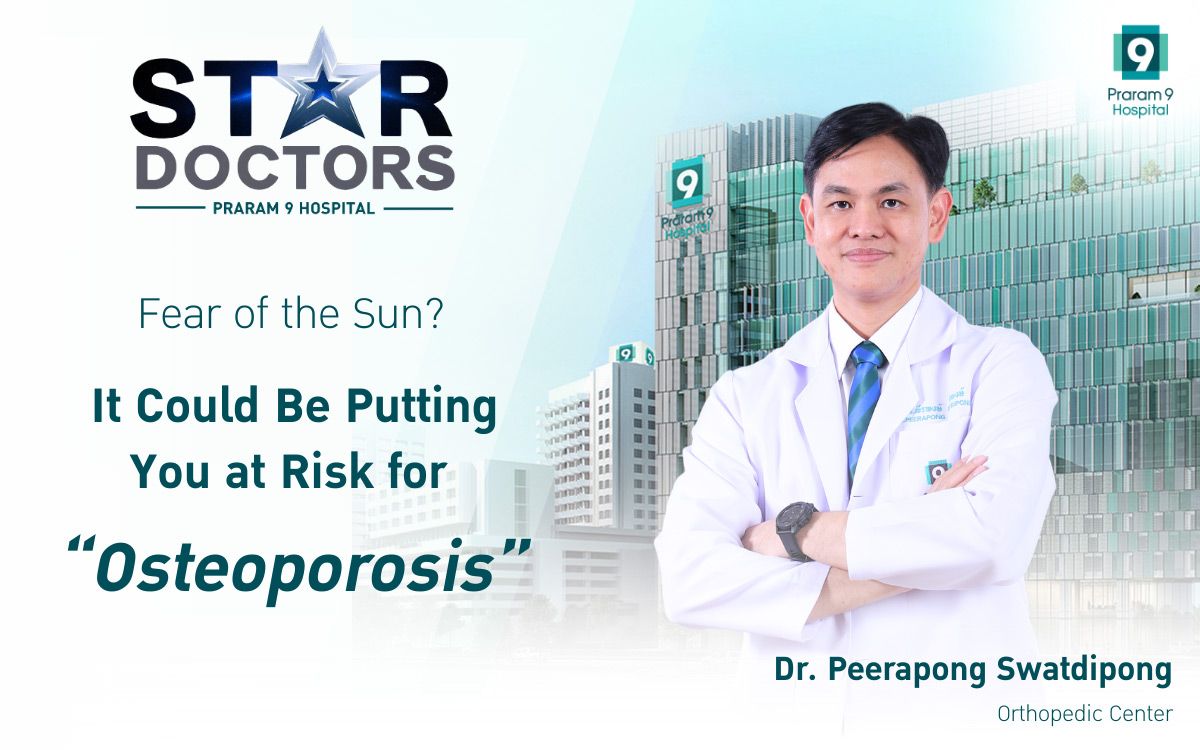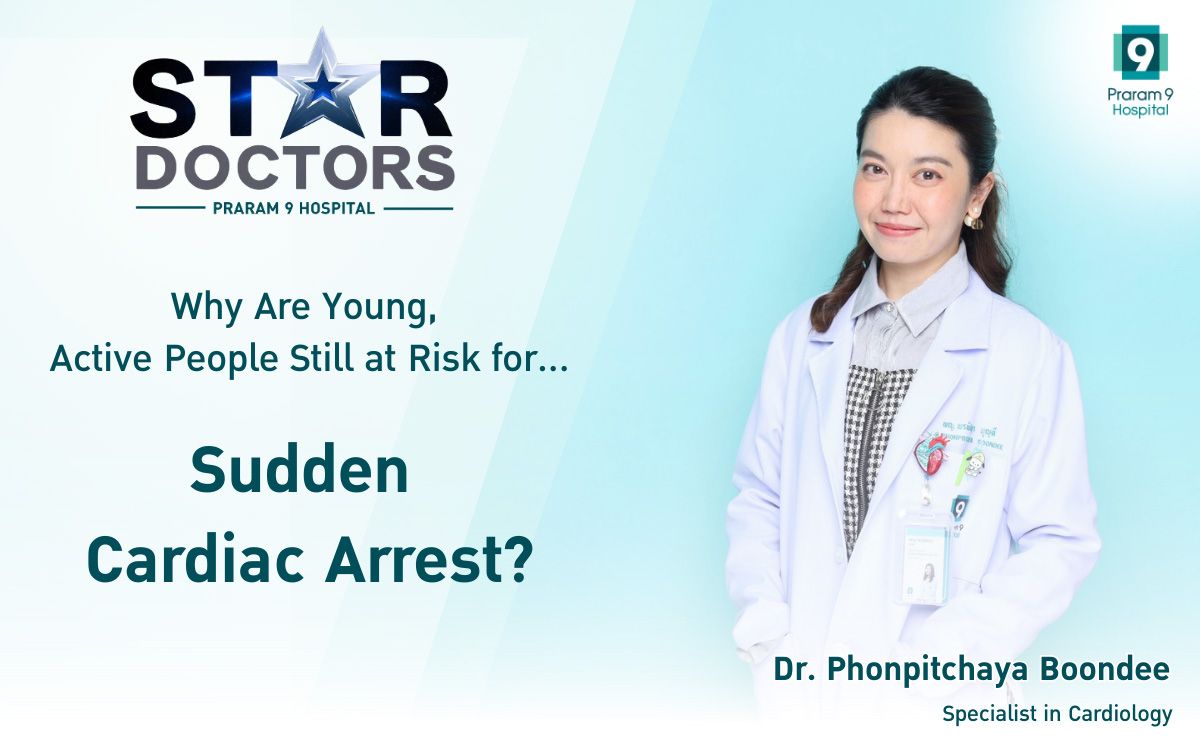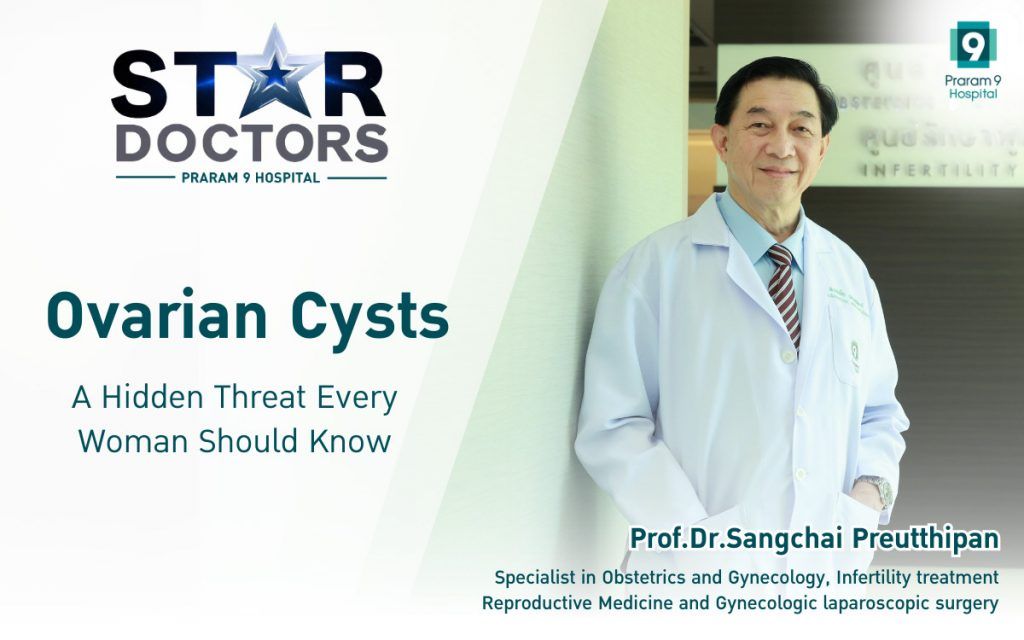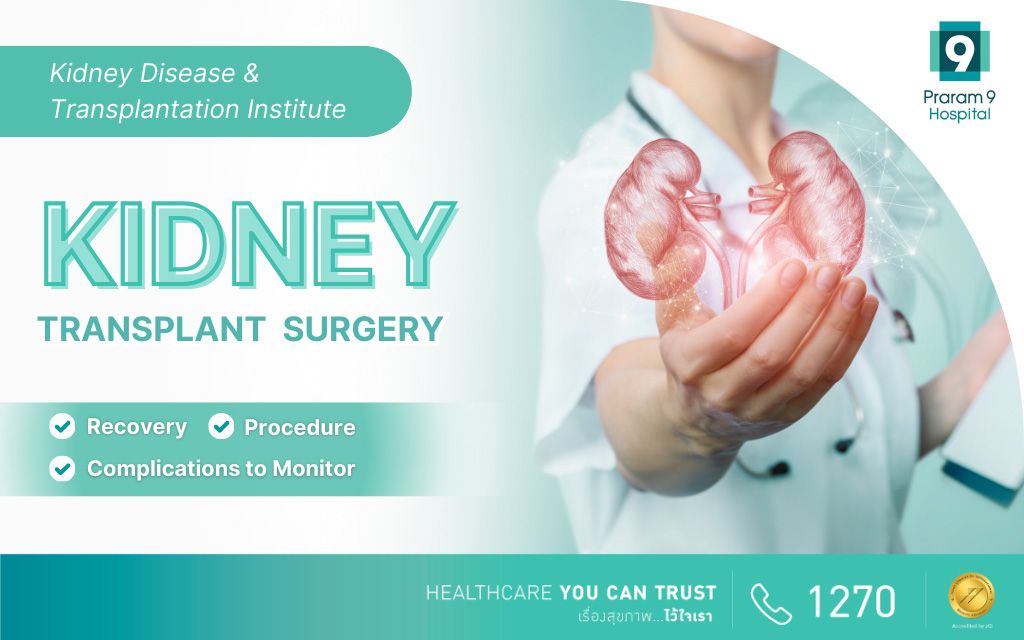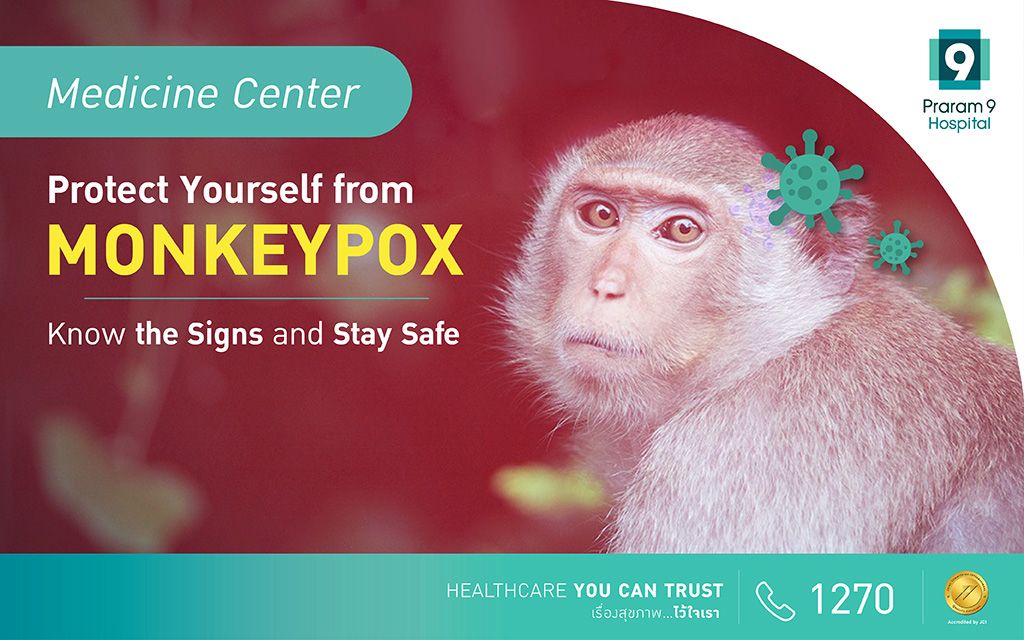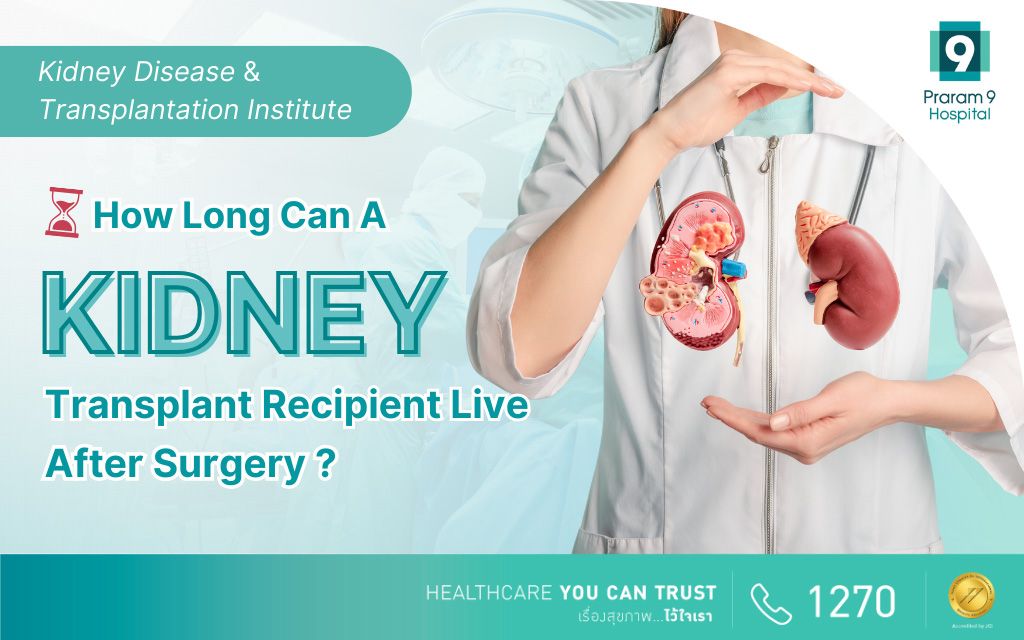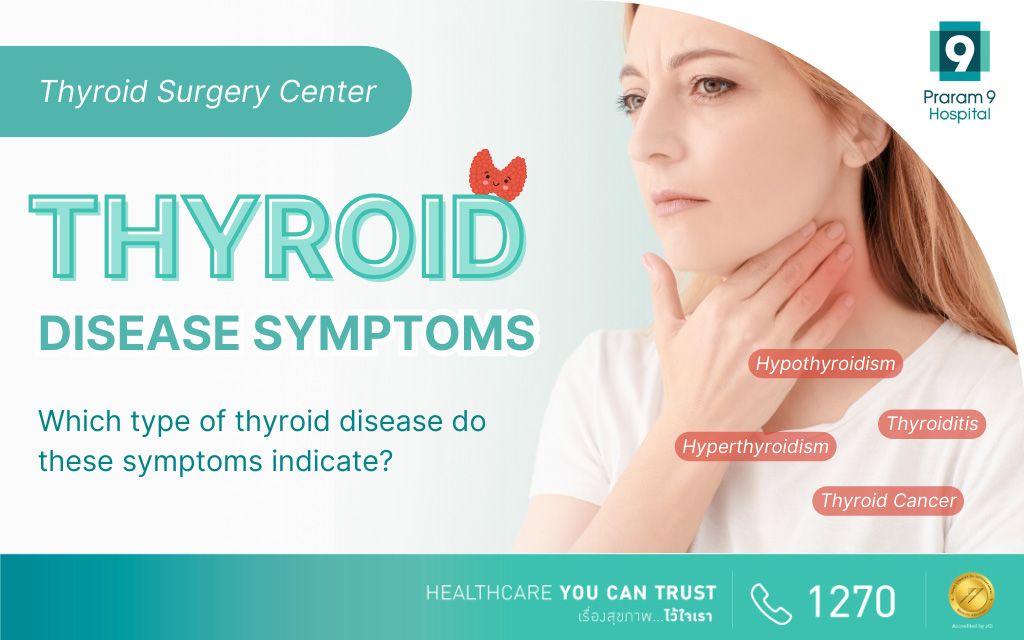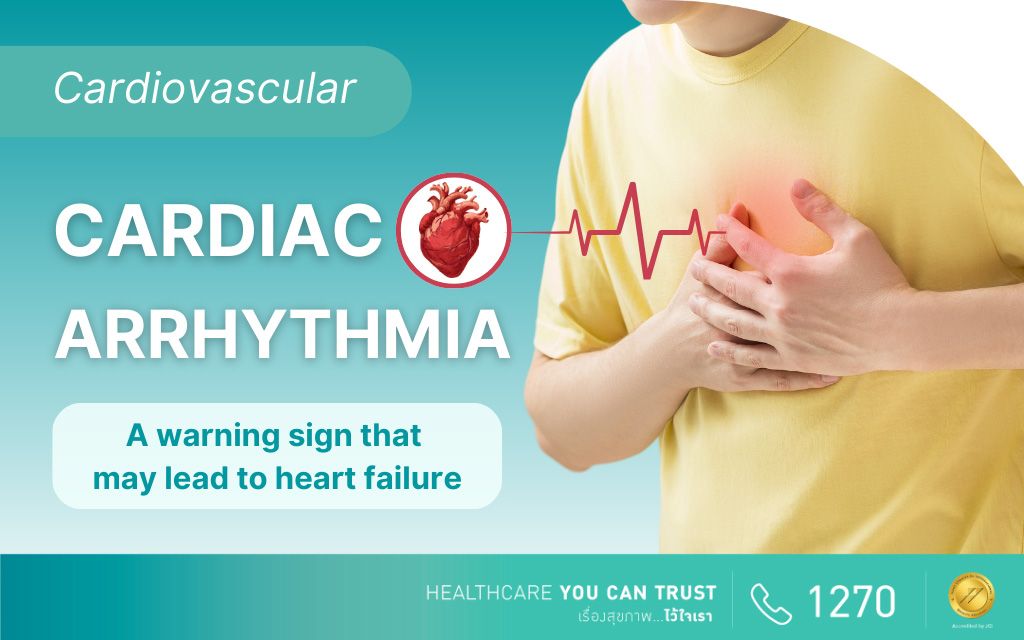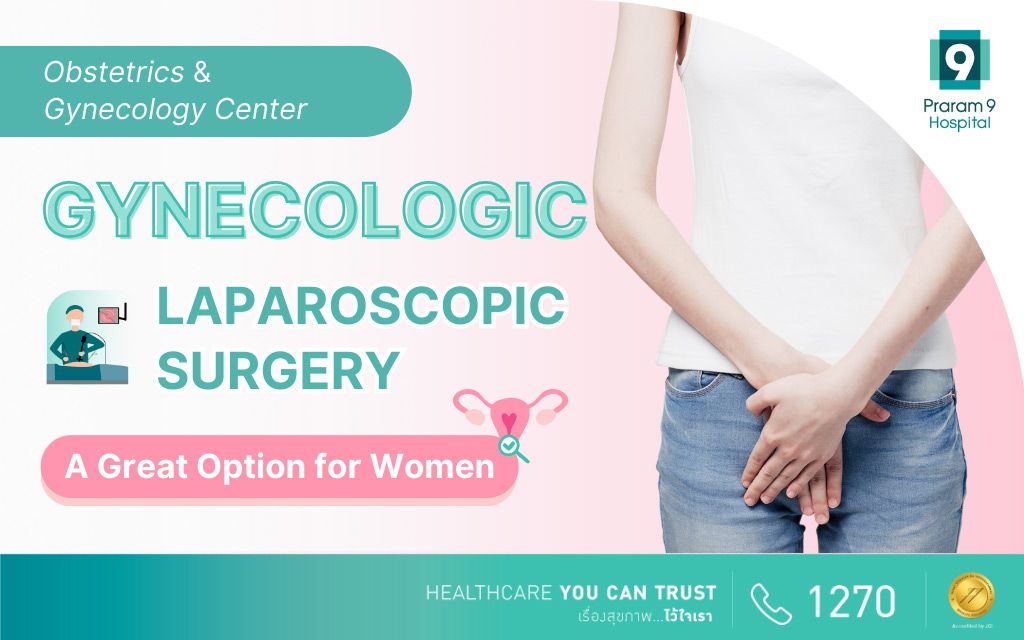Health Articles
Knowledge
Allergies is not so bad once you know how to take care of it
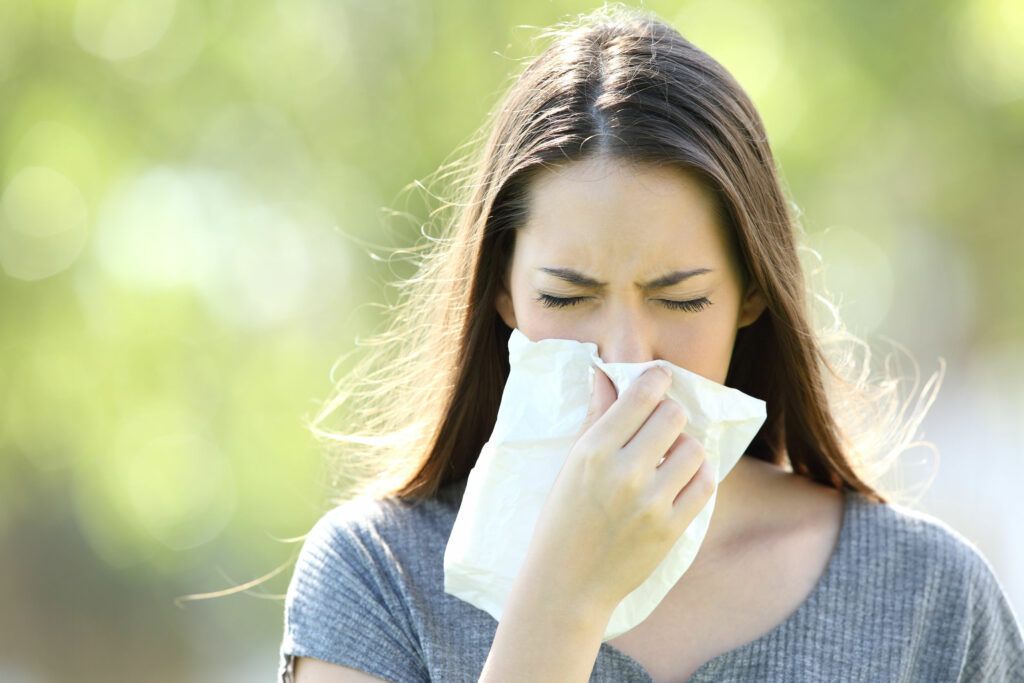
Allergies is not so bad once you know how to take care of it
Allergies
Allergies can be separated in to 2 main groups: Seasonal allergies and year-round (perennial) allergies. Symptoms commonly found in patients suffering from allergies such as sneezing, nasal congestion, runny nose, sore throats, cough, stomach ache and head ache. If you have experienced these symptoms please consult with your doctors for the most adequate allergies treatments because if these minor allergies are left uncared and untreated, it can lead to more serious problems such as sinusitis and infection of nasopharynx.
Source of allergies
Allergies occurs when we breath in “allergic inducing chemicals” into our body such as:
1. Pollens blew in the winds from flowers which affect seasonal allergies patients
2. Dusts from places in our home such as book shelves, curtains, beds, the air quality or dust mite.
3. Fungus from humid and dark areas such as bathroom, basement areas of the house, the fridges and planting areas.
4. Household pets such as cats, dogs, birds, horses and rabbits can cause allergies with their dandruff, saliva and fur
5. Smoke and pollutant such as incense stick smoke, cigarette smoke, perfume, air spray, car exhaust and various other chemical products.
6. Cockroaches. Dust from garbage and cockroaches can be stimulant for allergies, especially in kids.
How does “allergic inducing chemicals” causes allergies?
Normally, these “allergic inducing chemicals” is not toxic to our body, however when you have allergy, your body sees these chemicals as foreign substances that need to be destroy. So, when you breath in these chemicals, it causes an allergic reaction from the body to fight against these unknown and unwanted substances. Our respiratory tract become swollen and inflammation can occur which results in symptoms such as itches, runny nose and nasal congestion.
The “allergic inducing chemicals can also cause allergic reaction in other parts of the body such as the eyes, ears and lungs. When you breath in these chemical, it will trigger the immune systems that is the allergy which produces histamine. Histamine is the culprit that causes the body to experience the symptoms of allergy. As a result, the constant allergic reactions affect internal nasal tissue which lead to the nose releasing nasal mucus. Nasal mucus goes into postnasal drip which lead to coughing and sinusitis. If you are experiencing these symptoms, don’t hesitant to consult with your doctors.

